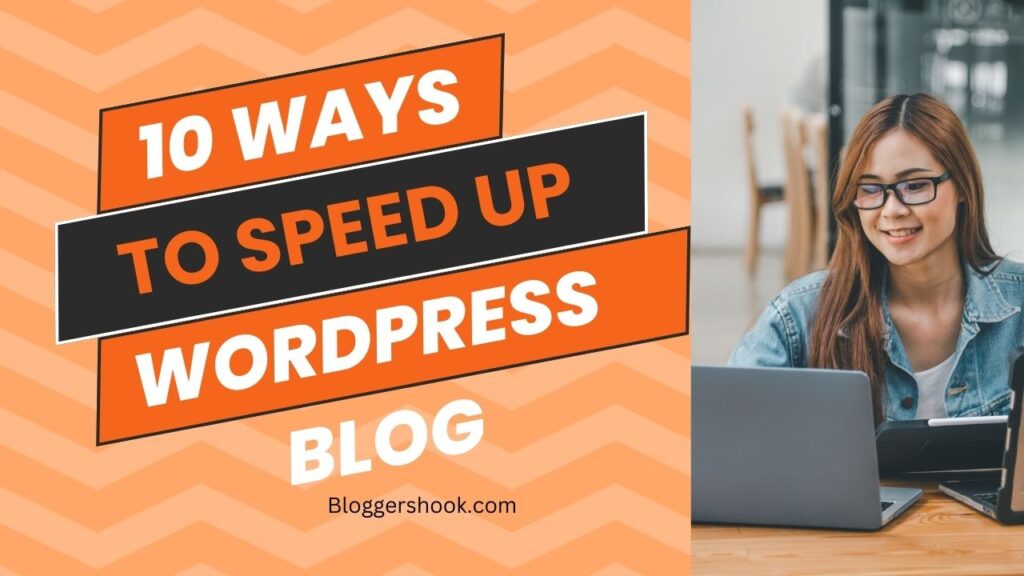WordPress has become one of the most popular content management systems (CMS) due to its flexibility, ease of use, and the vast array of themes available. However, to truly stand out and create a unique online presence, customizing your WordPress theme is essential. This article will explore WordPress theme customization tips to help you achieve a unique and personalized look for your WordPress site.

1. Choosing the Right Theme
Before diving into customization, it’s crucial to select a theme that aligns with your site’s purpose and aesthetic goals. Here are some tips for choosing the right theme:
- Define Your Purpose: Understand the primary purpose of your website. Is it a blog, an e-commerce store, a portfolio, or a corporate site? Different themes cater to different needs.
- Responsive Design: Ensure the theme is responsive and mobile-friendly. A significant portion of web traffic comes from mobile devices, so a responsive theme is a must.
- Customization Options: Look for themes that offer robust customization options. Themes that come with a variety of layouts, color schemes, and typography choices provide a good starting point for customization.
- Performance and Speed: Opt for lightweight themes that load quickly. Performance is crucial for user experience and SEO.
2. Customizing the Theme’s Appearance
Once you have selected a theme, it’s time to make it your own. Here are some ways to customize the appearance of your WordPress theme:
Customizing the Header
The header is often the first thing visitors see, making it a critical element for branding.
- Logo and Site Title: Upload a custom logo and set your site title and tagline. This sets the tone for your brand.
- Header Image: Use a custom header image that reflects your site’s theme and personality. Many themes allow you to upload and position header images easily.
- Navigation Menu: Customize the navigation menu to ensure it’s user-friendly and includes all essential links. You can also style the menu to match your site’s design.
Adjusting Colors and Fonts
Colors and fonts play a significant role in the visual appeal of your website.
- Color Scheme: Choose a color scheme that aligns with your brand identity. Many themes provide color pickers for different elements like backgrounds, text, and buttons.
- Typography: Customize the fonts to enhance readability and match your branding. Google Fonts is a popular choice for adding custom fonts to your site. Most themes allow you to change the font for headings, body text, and other elements.
Customizing the Layout
The layout determines how your content is presented and navigated.
- Page Layouts: Use different page layouts for different types of content. For example, a full-width layout for landing pages and a sidebar layout for blog posts.
- Widgets and Sidebars: Customize sidebars and widget areas to include relevant content like recent posts, social media links, and search bars. Widgets can be rearranged and styled to match the theme.
- Footer Customization: The footer often contains links and additional information. Customize it to include social media icons, a copyright notice, and other relevant links.
3. Enhancing Functionality with Plugins
Plugins are an excellent way to add functionality and further customize your WordPress site. Here are some essential plugins for customization:
Page Builders
Page builders allow you to create custom layouts and designs without touching a line of code.
- Elementor: A popular drag-and-drop page builder that offers a wide range of widgets and templates.
- Beaver Builder: Another powerful page builder known for its flexibility and ease of use.
- Divi Builder: Offers a visual editing experience with a variety of design options and modules.
Custom CSS and JS
Adding custom CSS and JavaScript can help you fine-tune the appearance and behavior of your site.
- Simple Custom CSS: A plugin that allows you to add custom CSS to your theme.
- Custom CSS and JavaScript: This plugin lets you add custom JavaScript and CSS without modifying the theme files directly.
SEO and Performance
Enhance your site’s SEO and performance with these plugins:
- Yoast SEO: A comprehensive SEO plugin that helps optimize your site for search engines.
- WP Rocket: A performance optimization plugin that improves your site’s speed by caching, optimizing files, and more.
4. Customizing the Content
Content customization is key to making your site unique and engaging. Here are some tips:
Custom Post Types and Taxonomies
Create custom post types and taxonomies to organize your content better.
- Custom Post Type UI: A plugin that allows you to create custom post types and taxonomies easily.
- Advanced Custom Fields (ACF): Adds custom fields to your posts, pages, and custom post types.
Tailored Content Presentation
Customize how your content is presented to enhance user experience.
- Custom Templates: Create custom templates for different types of content. For example, a unique template for portfolio items or testimonials.
- Shortcodes: Use shortcodes to add dynamic content like buttons, columns, and tabs without writing code.
5. Ensuring a Consistent Brand Identity
Maintaining a consistent brand identity across your website is crucial for building trust and recognition.
Brand Colors and Typography
Ensure that your brand colors and typography are used consistently across all pages and posts.
- Global Settings: Many themes and page builders offer global settings for colors and fonts, ensuring consistency throughout the site.
Imagery and Graphics
Use high-quality images and graphics that align with your brand’s visual identity.
- Image Optimization: Optimize images for web use to ensure fast loading times. Plugins like Smush can help with this.
- Consistent Style: Use a consistent style for all graphics, including illustrations, icons, and photos.
6. Testing and Optimizing
After customizing your theme, it’s essential to test and optimize your site for the best performance and user experience.
Cross-Browser Compatibility
Ensure your site looks and functions well across different browsers.
- Browser Testing Tools: Use tools like BrowserStack to test your site on various browsers and devices.
Performance Optimization
Optimize your site for speed and performance.
- Caching: Implement caching to reduce server load and improve page load times.
- Image Compression: Use plugins to compress images without losing quality.
- Minification: Minify CSS, JavaScript, and HTML files to reduce file sizes.
User Experience Testing
Test your site’s user experience to ensure it’s intuitive and user-friendly.
- Usability Testing: Conduct usability testing with real users to identify any issues or areas for improvement.
- Heatmaps and Analytics: Use tools like Hotjar and Google Analytics to track user behavior and make data-driven decisions.
Conclusion
Customizing your WordPress theme is a powerful way to create a unique and personalized website that stands out from the crowd. By carefully selecting a theme, adjusting the appearance, enhancing functionality with plugins, and ensuring consistent branding, you can achieve a professional and engaging online presence. Remember to test and optimize your site regularly to provide the best user experience. With these tips, you’re well on your way to building a distinctive and memorable WordPress site.


